Visual processing skills enable learning and generally include skills that are carried out through use of the muscles that surround each eyeball. Since children who have SPD tend to have deficits with coordinating their muscles, these small muscles that are hidden within the orbit of the eyeball are generally also impacted.
Visual processing includes both “motor free” skills such as visual discrimination as well as “motor enhanced” skills such as visual motor integration. The one basic feature presented in this introductory blog is that of visual scanning, using vision to search the environment. Without scanning, other visual skills do not emerge efficiently.
Visual scanning, also known as visual pursuits or sometimes referred to as tracking, is the ability to use vision to search the environment in a systematic manner, such as top to bottom and left to right. People use this skill when searching for objects, and also for reading. Motor coordination of the muscles that move the eyeballs is required for visual scanning activities.
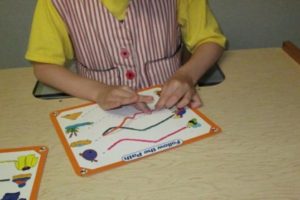
This photo shows Wikki-Stix being pressed down onto a task card to promote visual left to right, top to bottom scanning skills.
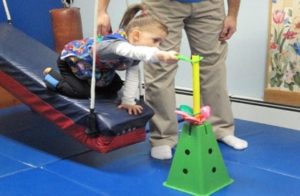
When scanning is combined with hand function, the outcome is often referred to as visual motor integration. In the clinic, visual scanning skills are often rehearsed in conjunction with postural stability.
Children who have SPD often lack upper body strength to maintain consistency in positioning the head , eyes and ears to face the environment. They also often tend to lack the stamina to hold core regions of the body in stable positions. As a result, collisions tend to be common occurrences. Both of these components, upper body strength to remain erect, and consistent stability through the core, are needed to position the head to take in visual input from the environment in an efficient manner.
Remedial “games” that incorporate both of these features in conjunction with visual perceptual tasks serve as inherent prompts for the child to visually scan the environment in a systematic manner.
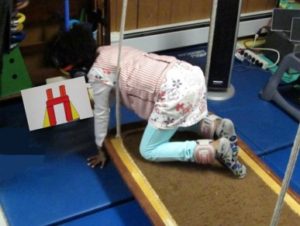
Scan the task card to determine the arrangement of the blocks.
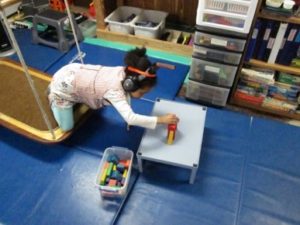
Recall the arrangement, select the blocks, and assemble the structure.
Outcomes serve to promote use of language to assist systematic scanning and to activate memory stores to support visual recall.

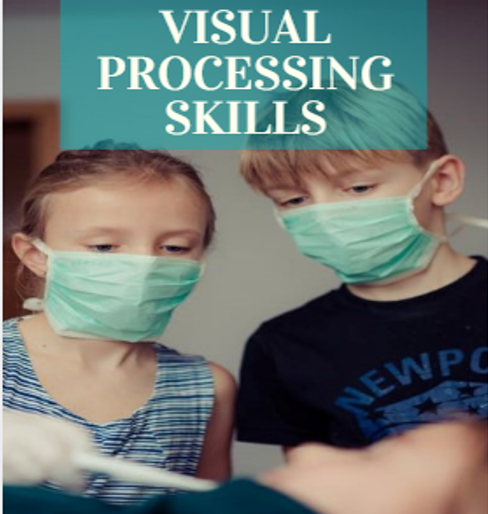
Comments are closed.